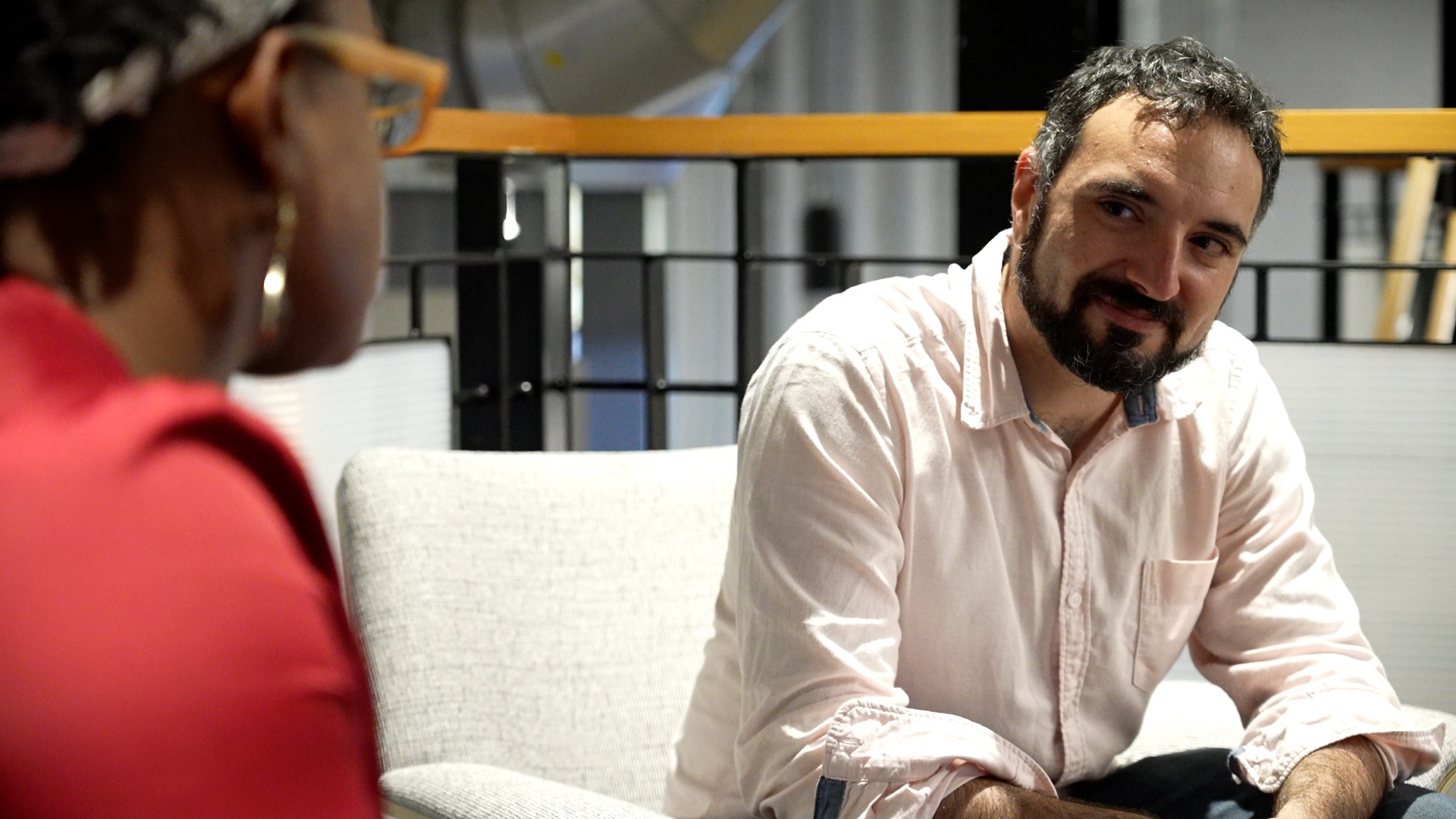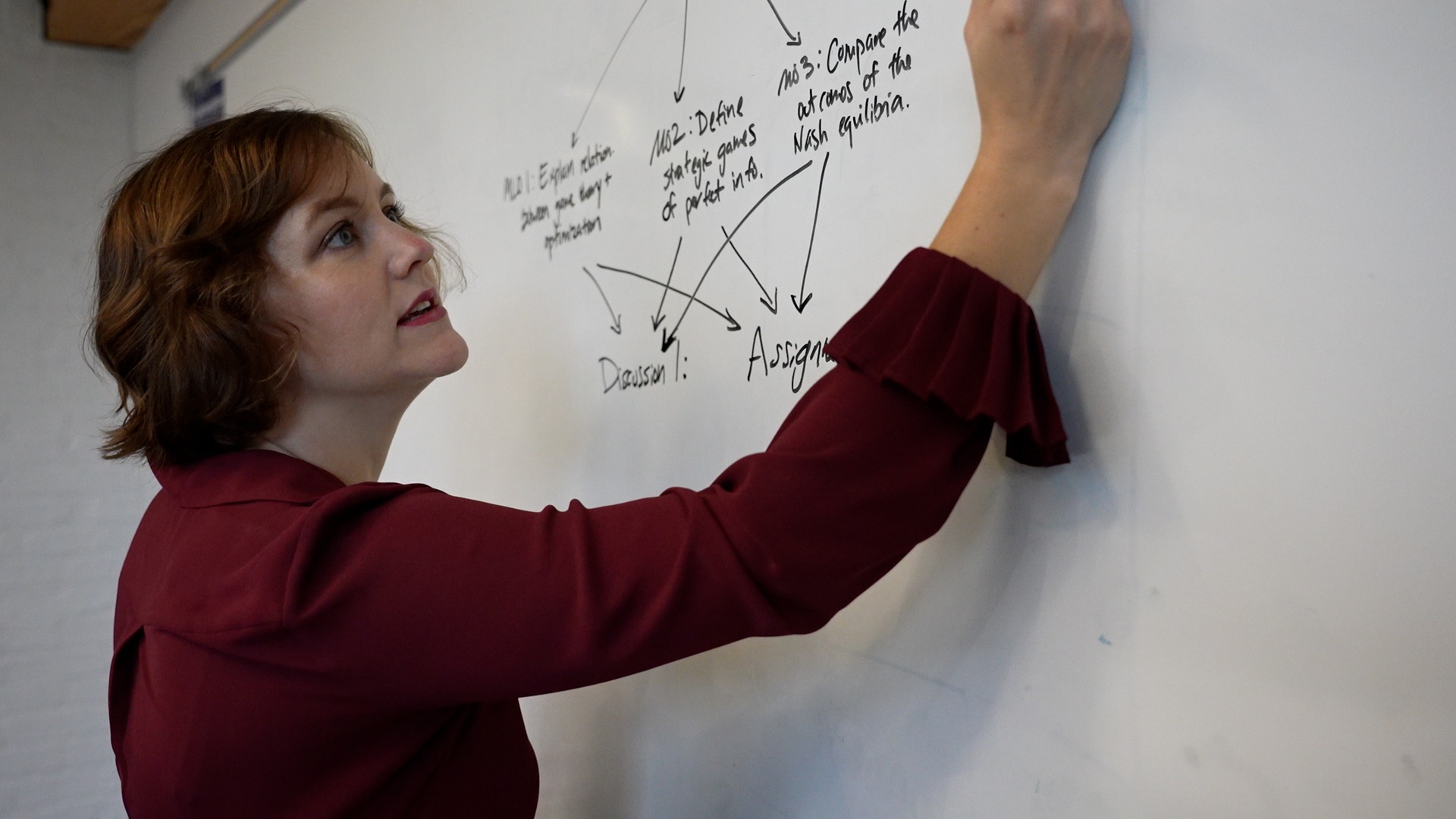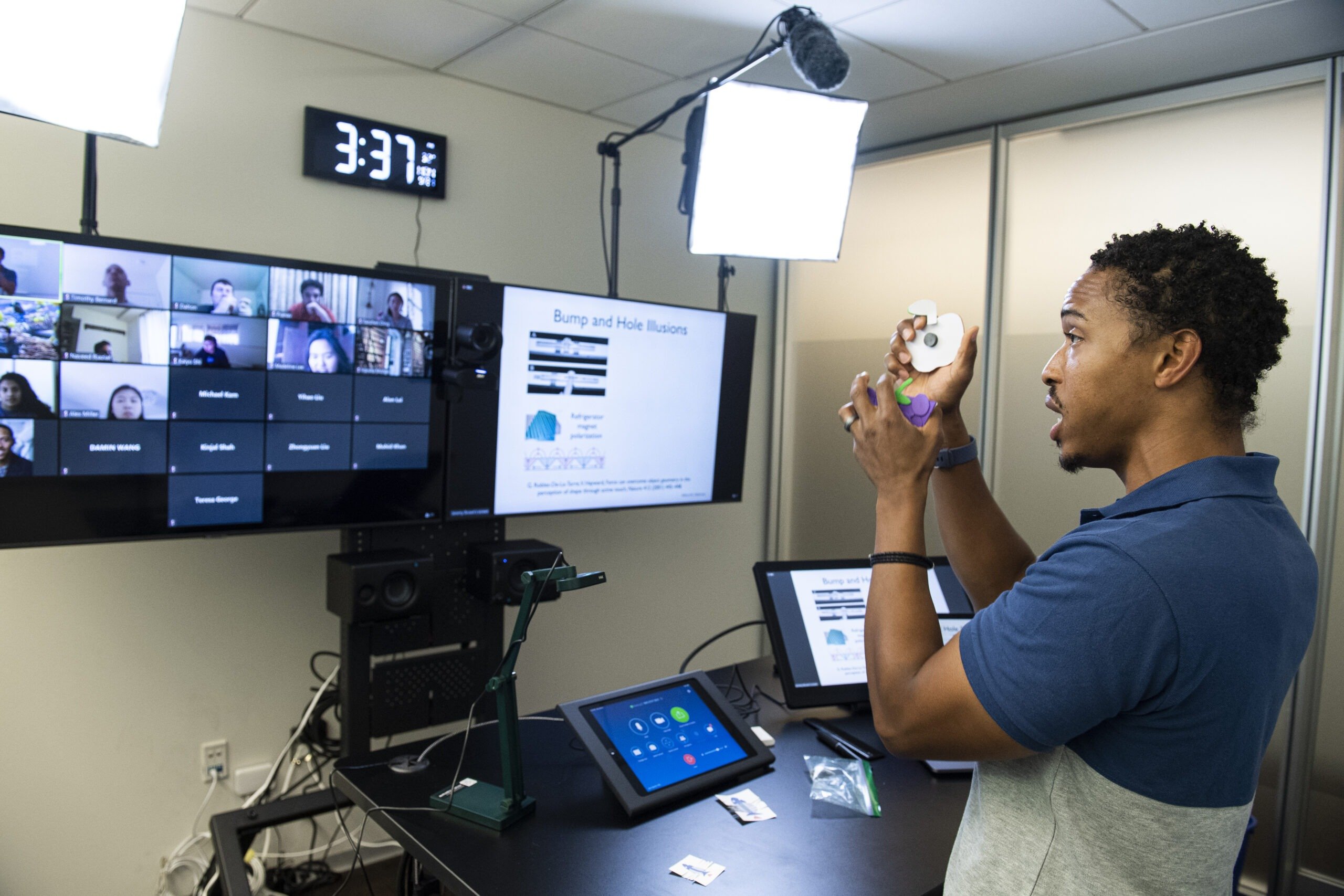Learning design balances your teaching preferences and how students learn best. It includes deliberate choices about how students can master learning outcomes through content, structure, timing, pedagogical strategies, sequence of learning activities, the type and frequency of assessment in the course, and technology used to support learning.
CLDT Learning Design Process
CLDT learning design experts partner with WSE faculty to implement the latest research-backed practices in learning design. Whether you are looking to design a new course, redesign an existing course, or fine-tune specific instructional components, we are available to help. Based on your specific needs, our level of support can range from individual consultations to a more formal partnership.


Design Your Learning Experience
- Create course learning outcomes and module/unit learning objectives to measure student learning effectively.
- Design your course (onsite, online, or some variation) by aligning desired learning outcomes, instructional content, learning activities, and assessments.
- Incorporate universal design for learning (UDL) strategies to design your course and its materials to create an equitable and accessible learning experience.
- Create opportunities for student-to-instructor and student-to-student interaction.
- Enhance your existing instructional strategies by incorporating educational technology.
Develop Course Materials
- Prepare your course materials to make them accessible on any device.
- Create virtual learning experiences such as virtual/augmented reality environments or virtual labs.
- Create authentic assessments that provide an opportunity for students to work on meaningful, complex, and real-world tasks in challenging environments that involve contextualized problems.


Teach Using Research-Supported Practices
- Adopt pedagogical approaches to achieve your instructional goals, such as Modeling, Inquiry-Based Learning, Guided Interaction, and Metacognition.
- Create a student-centered, active learning environment.
- Incorporate inclusive teaching practices.
- Use communication strategies to engage with your students
